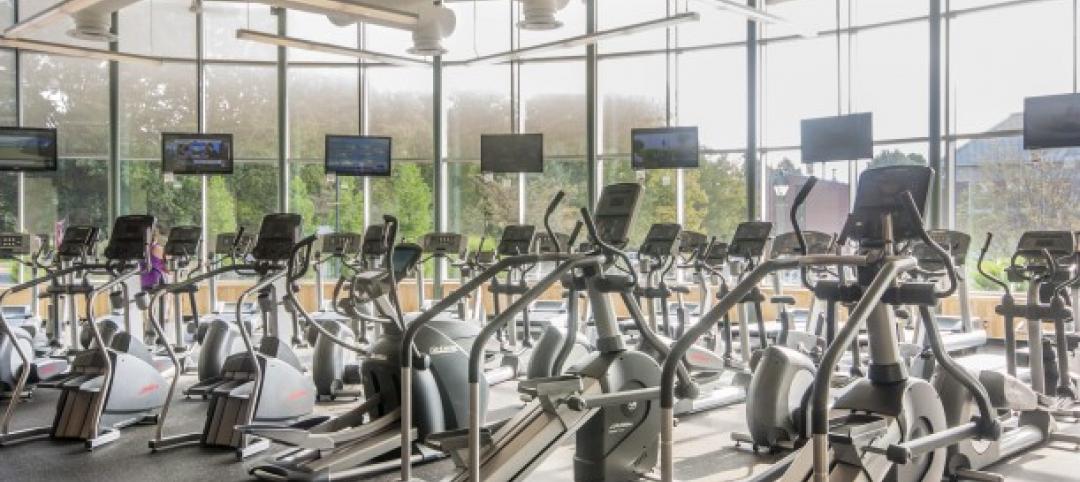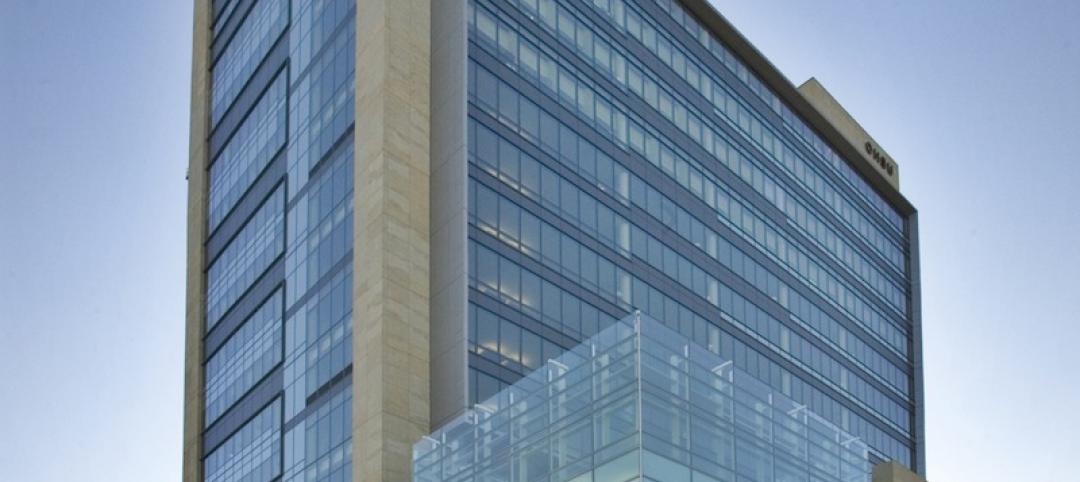WSP, the international engineering design and environmental consulting firm, will double its size in the Houston market by combining its existing operations there with the office of ccrd, a national MEP engineering and commissioning firm based in Houston, which WSP acquired last November.
The combined office, with about 60 employees, will be managed by David Sinz, PE, a vice president and managing director of WSP’s Houston office. David Duthu, PE, who was managing director of ccrd’s Houston office, is now co-leader of WSP’s national Science + Technology practice.
Aside from bolstering its Houston operations, the ccrd acquisition expanded WSP’s presence into markets throughout the Southeast and south-central U.S., according to WSP’s executive vice president Steve Burrows. (Founded in 1980, ccrd has offices in Austin, Texas, Dallas, Denver, Houston, Miami, Nashville, Tenn., Orlando, Fla., Phoenix, Richmond, Va., Kansas City, Mo., and Washington, D.C.)
David Cooper, PE, president of WSP’s U.S. Property & Building sector and chief commercial officer for WSP|Parsons Brinckerhoff, called the combination in Houston “a natural step forward.” He says the acquisition so far “has been everything both firms hoped it would be.”
Montreal-based WSP Global has 500 offices in 39 countries. Last Fall, it agreed to pay Balfour Beatty US$1.24 billion in cash to buy Parsons Brinckerhoff, a deal that increased WSP’s workforce by 77% to 31,000.
The purchase price for ccrd was not disclosed.
Separately, WSP and ccrd had already been active players and competitors in Houston’s healthcare, science, and technology sectors, having worked on innumerable hospitals, government, energy, and research construction projects. They are also active in Houston’s hospitality, commercial, residential, and industrial sectors.
Related Stories
| Nov 8, 2013
Walkable solar pavement debuts at George Washington University
George Washington University worked with supplier Onyx Solar to design and install 100 sf of walkable solar pavement at its Virginia Science and Technology Campus in Ashburn, Va.
| Nov 7, 2013
Fitness center design: What do higher-ed students want?
Campus fitness centers are taking their place alongside student centers, science centers, and libraries as hallmark components of a student-life experience. Here are some tips for identifying the ideal design features for your next higher-ed fitness center project.
| Nov 6, 2013
Green hotel trends: Industry expands its sustainability focus beyond laundry
There’s more to creating a sustainable hotel than saving water and power by asking guests to reuse their towels.
| Nov 6, 2013
Energy-efficiency measures paying off for commercial building owners, says BOMA study
The commercial real estate industry’s ongoing focus on energy efficiency has resulted in a downward trend in total operating expenses (3.9 percent drop, on average), according to BOMA's Experience Exchange Report.
| Nov 6, 2013
PECI tests New Buildings Institute’s plug load energy use metrics at HQ
Earlier this year, PECI used the NBI metrics to assess plug load energy use at PECI headquarters in downtown Portland, Ore. The study, which informed an energy-saving campaign, resulted in an 18 percent kWh reduction of PECI’s plug load.
| Nov 5, 2013
Net-zero movement gaining traction in U.S. schools market
As more net-zero energy schools come online, school officials are asking: Is NZE a more logical approach for school districts than holistic green buildings?
| Nov 5, 2013
New IECC provision tightens historic building exemption
The International Energy Conservation Code has been revised to eliminate what has been seen as a blanket exemption for historic buildings.
| Nov 5, 2013
Living Building Challenge clarifies net-zero definitions and standards
The Living Building Challenge has released the Net Zero Energy Building Certification to provide clearer definitions regarding what net zero really means and how it is to be achieved.
| Nov 5, 2013
Oakland University’s Human Health Building first LEED Platinum university building in Michigan [slideshow]
Built on the former site of a parking lot and an untended natural wetland, the 160,260-sf, five-story, terra cotta-clad building features some of the industry’s most innovative, energy-efficient building systems and advanced sustainable design features.
| Nov 4, 2013
Architecture and engineering industry outlook remains positive on all major indicators
While still below pre-recession levels, all of the key indicators in the latest Quarterly Market Forecast (QMF) report from PSMJ Resources remain in positive territory.

















